An often-repeated mistake is the insufficiently levelled and insufficiently compacted base on which the gabion fence will stand (applies to installation in concrete). With this error, there is a risk of deviation of the fence from the axis and total deformation of the fence. The stone bed should therefore have a depth of at least 20 cm.
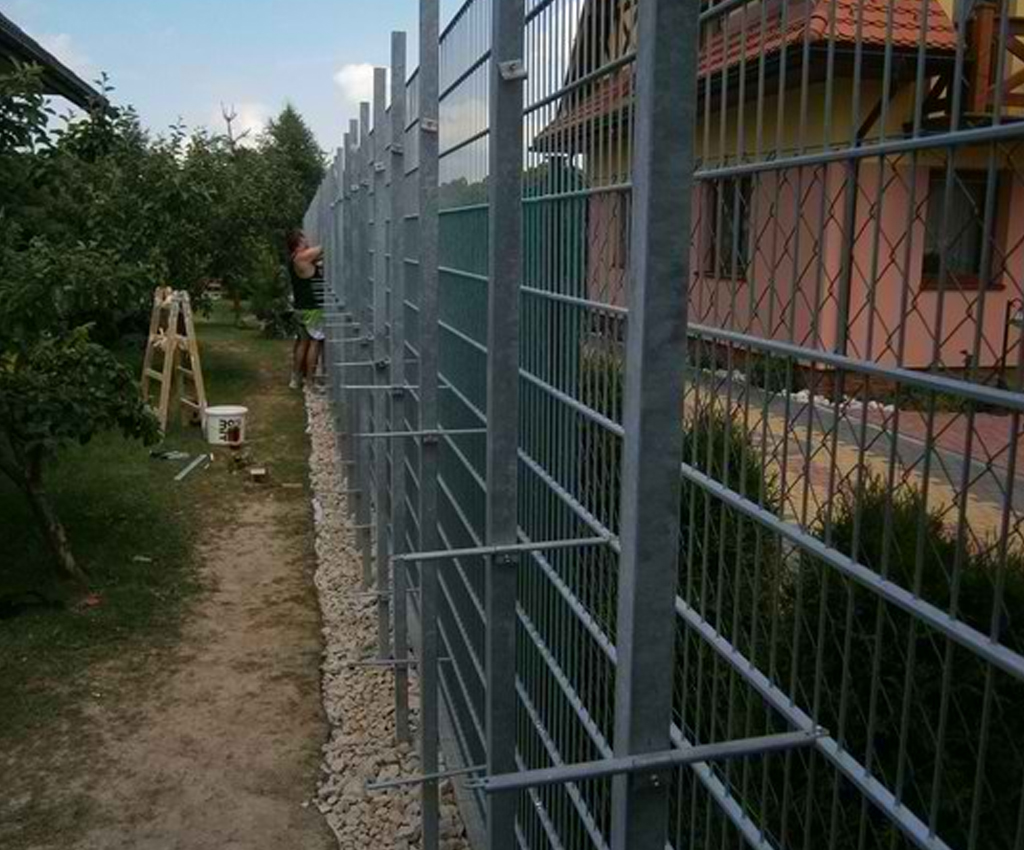
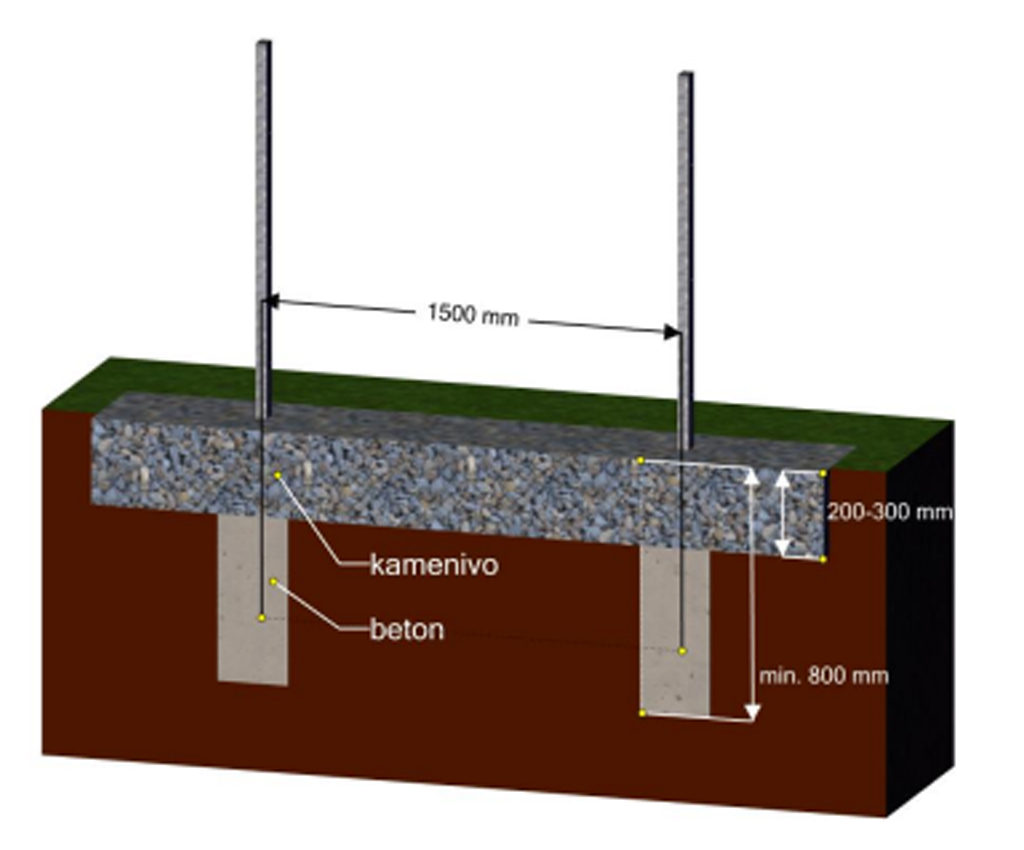
If the fence is mounted on a plate (and not in the ground) with a height of up to 160 cm, it is enough to anchor it with the steel anchors that are part of the package. However, if you mount the fence on a plate with a height of 180 cm to 240 cm, it is necessary to anchor them to the concrete foundation using exclusively chemical anchors (they are not part of the package). When using chemical anchors, it is very important to thoroughly blow out the drilled holes from dust and residues after drilling.
The first and frequent mistake is that the columns are not concreted deep enough. The correct depth is the so-called frost-free depth, where the soil no longer freezes, preferably 80 cm below the ground surface. For the installation of gabion columns, it is therefore necessary to concrete the pits to a depth of 80 cm (60 + 20 cm gravel bed) so that the fence does not collapse over time.
Care must be taken to ensure that the columns are always concreted at least 20 cm lower than the upper edge of the gabion fence. This is so that they do not stick out and can be covered with a stone.
Furthermore, care must be taken that the post is not anchored too close to the side panels of the gabion fence. The recommended distance from the side panel is 40-50 cm. Otherwise, the column will not be covered with stone and will be visible, leaving the desired stone look incomplete.
An important “little thing” when assembling the posts is its plastic cover. The cover for the post fulfils not only an aesthetic, but also a protective function - thanks to the cover, rain does not enter the post, which prevents it from tearing due to frost and the subsequent deviation of the fence from its axis in winter.
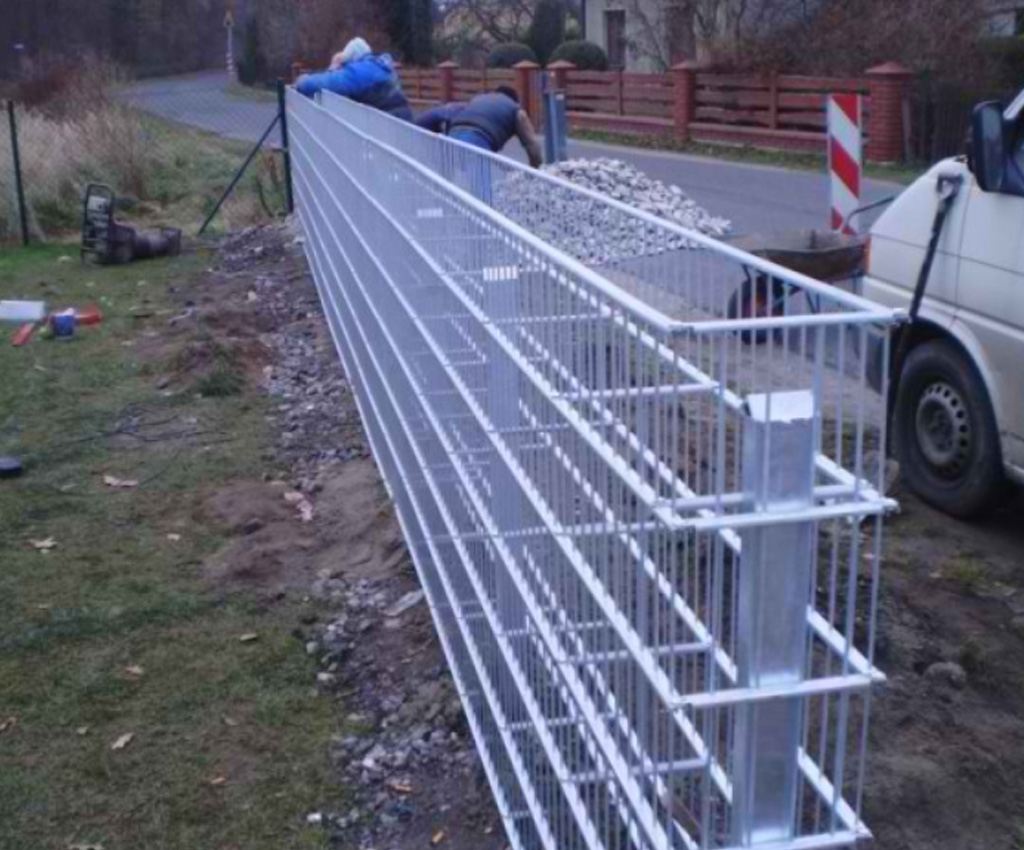
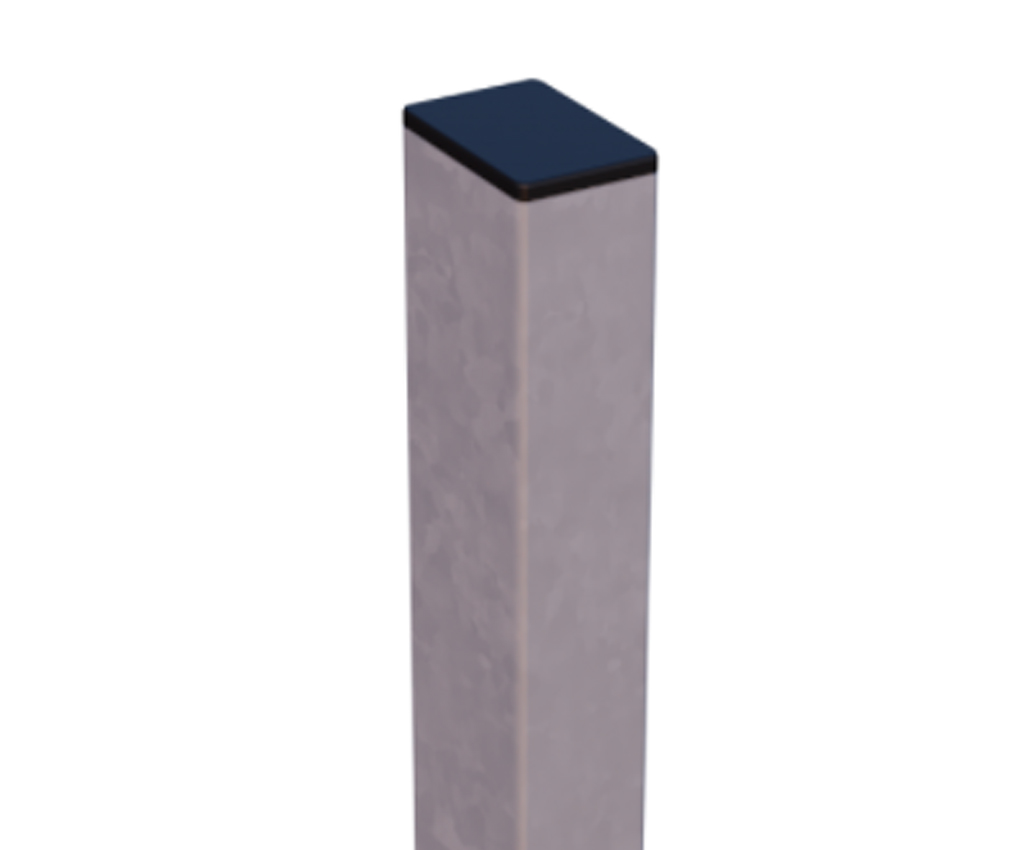
The correct placement and number of spacer bars is the key to the final design of the gabion fence. You have to be especially careful when sprinkling stone into the gabions, which often causes the spacer bars to snap, so it is necessary to lay the bars in layers.
Insufficient tightening of the mounting screws M6, M8, which connect the individual walls of the gabion fence (the screws are loosened during assembly due to removal, especially during the final sprinkling of stone filling), so we recommend checking and tightening all screws after completing the stone filling.
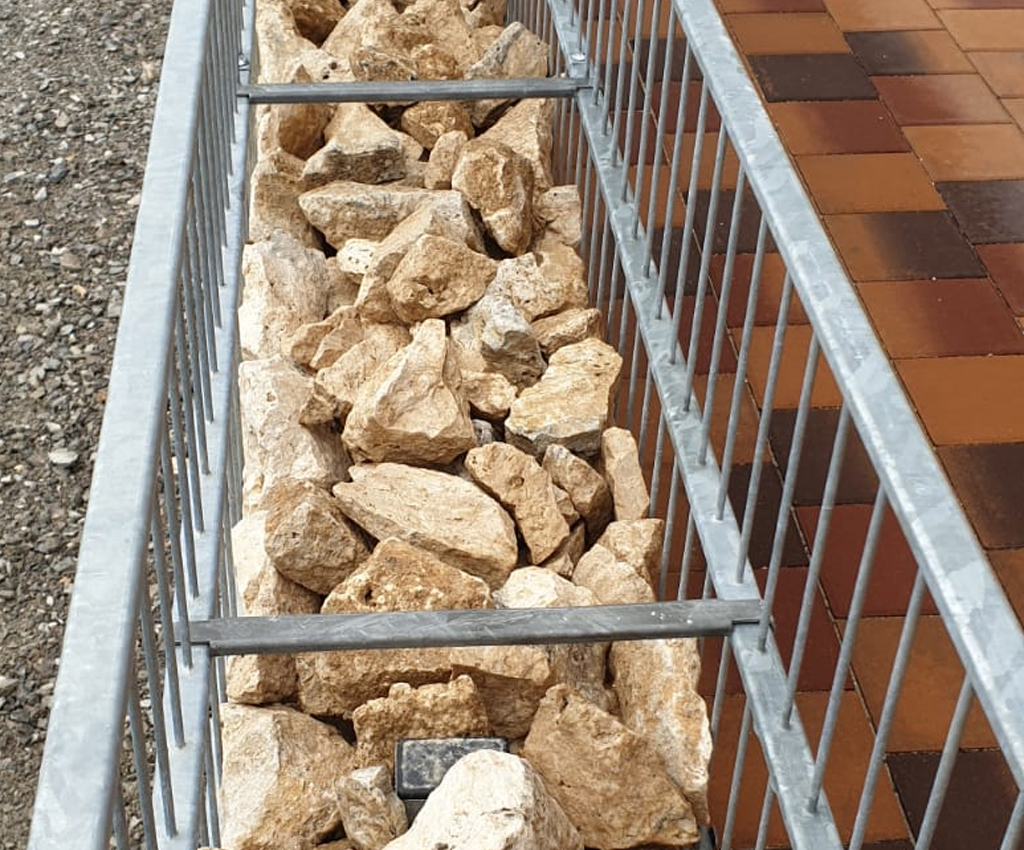
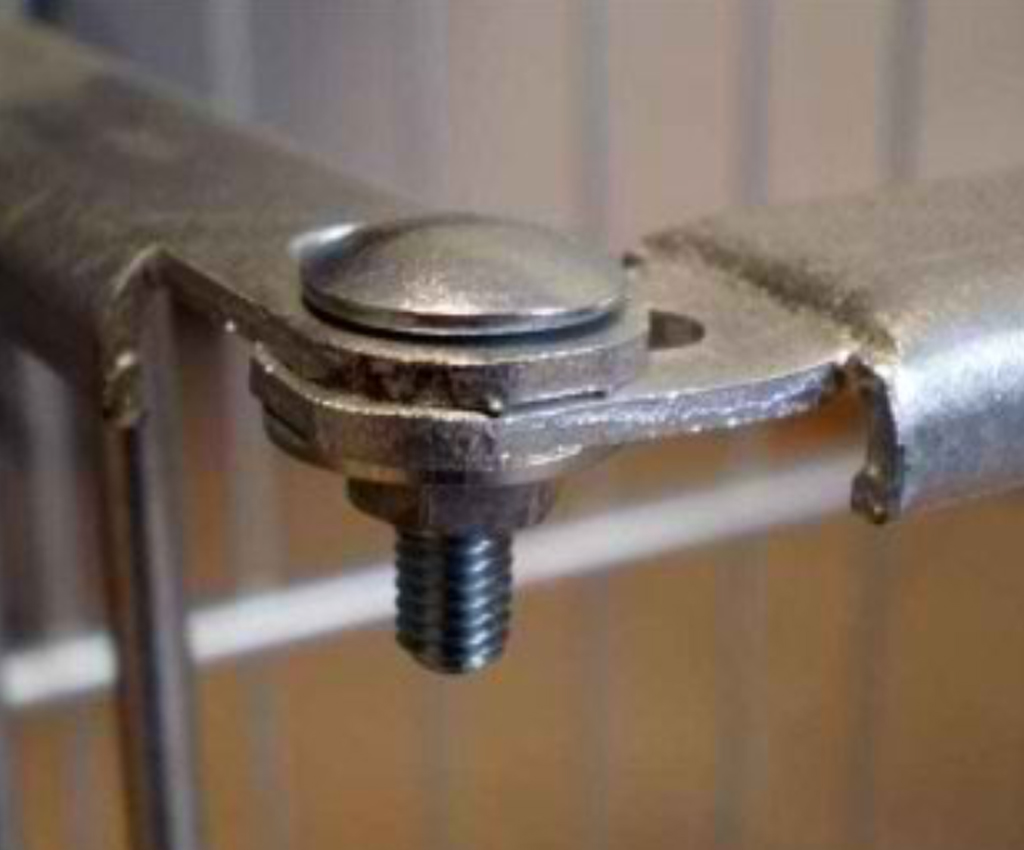
As a gabion filler, it is very important to use clean quarry stone without small impurities such as sand, mud or clay, which are washed away by rain over time and can cause deformation of the gabions.
One of the last mistakes is the use of too small a fraction of the filler stone, which causes it to fall out through the mesh of the fence walls. The recommended size is at least 63-125 mm.
In rare cases, it happens that the stone that fills the gabion begins to wash away a reddish coating over time. The subsequent discoloration of the wire is mistaken by many for corrosion, but this discoloration is caused by the inappropriate selection of stone with a high iron content released from the stone by its composition and weathering. Therefore, it is very important to pay attention to the correct selection of aggregates, from which this undesirable dye is not washed out. In the event that such a phenomenon occurs, it is possible to clean the gabion structure from red sediment with the cleaning agent or other suitable means.
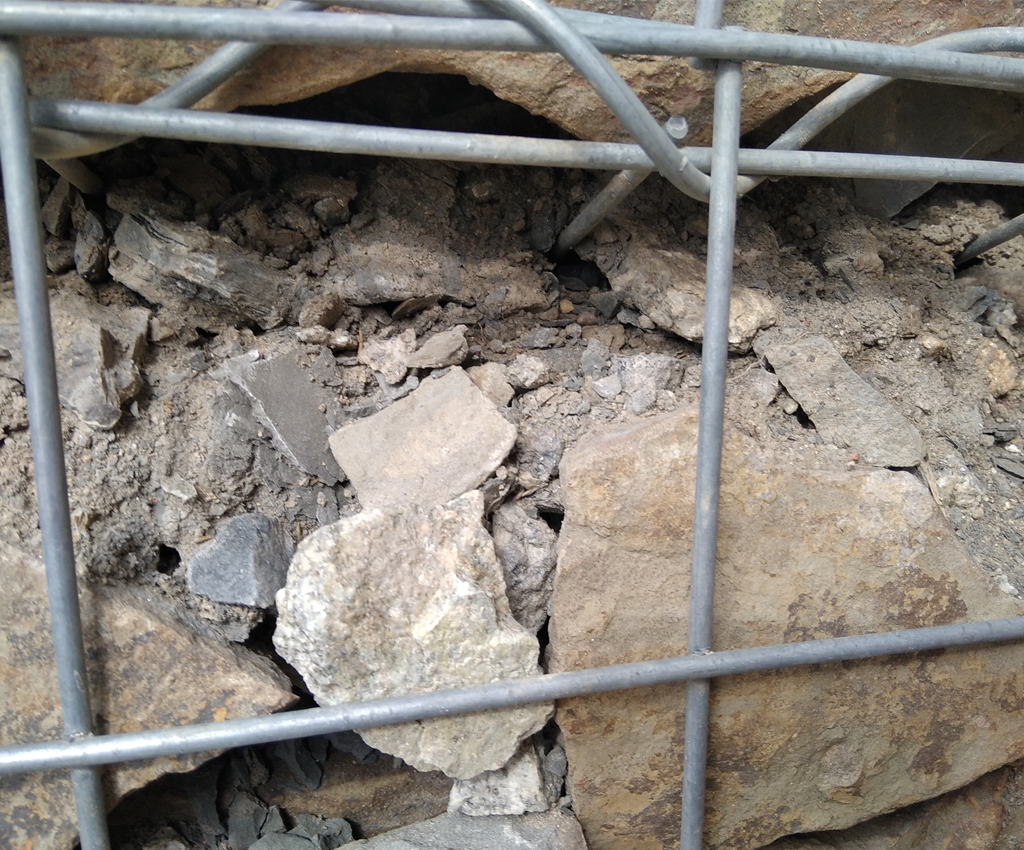
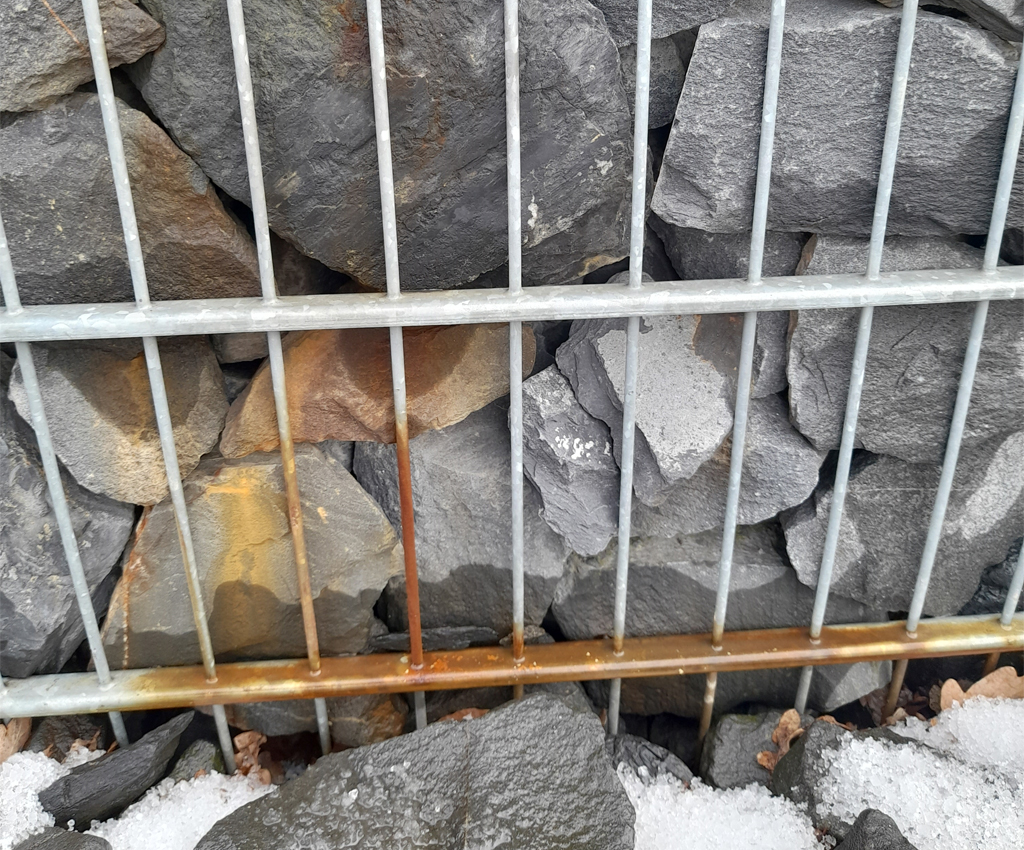
The first and often repeated mistake is the insufficiently levelled and insufficiently compacted base on which the gabion fence will stand. With this error, there is a risk of deviation of the fence from the axis and total deformation of the fence. The stone bed should therefore be at least 20 cm.
If you mount the fence on a plate (and not in the ground) with a height of up to 163 cm, it is enough to use one plate for two posts connected at the back, for which it is enough to use the steel anchors that are part of the package. However, if you mount the fence on a plate with a height of 183 cm or 203cm, it is necessary to use two plates on two posts connected at the back. To anchor them to the concrete foundation, it is necessary to use only chemical anchors (not included in the package). When using chemical anchors, it is very important to thoroughly blow out the drilled holes from dust and residues after drilling.
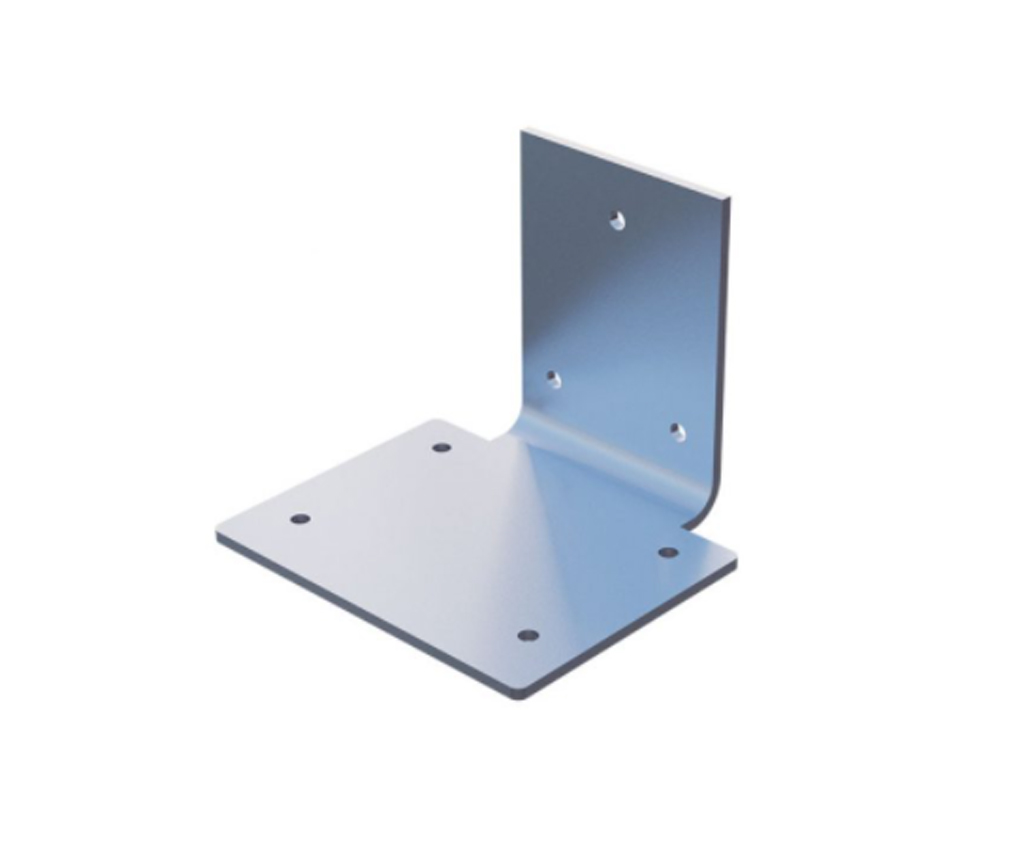

Another mistake is when the columns are not concreted deep enough. The correct depth is the so- called frost-free depth, where the soil no longer freezes, preferably 80 cm below the ground surface. For the installation of gabion columns, it is therefore necessary to concrete the pit to a depth of up to 80 cm (60 + 20 cm gravel bed) so that the fence does not collapse over time.
1. 1. The most common error in the installation of the Praktik gabion fence is not supporting the mesh/panel in the middle, which results in bending the panels due to gravity and loading the panels with stones. The gabion fence must be built on a reinforced surface so that its panels are not in the air, but rest properly on the ground - especially in the middle.
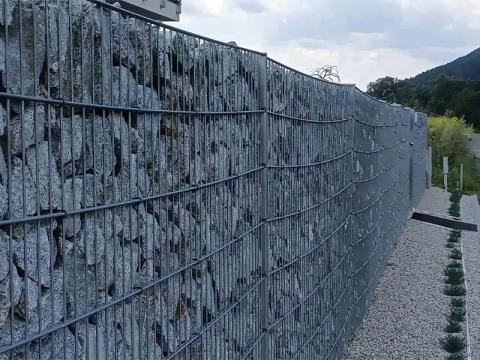
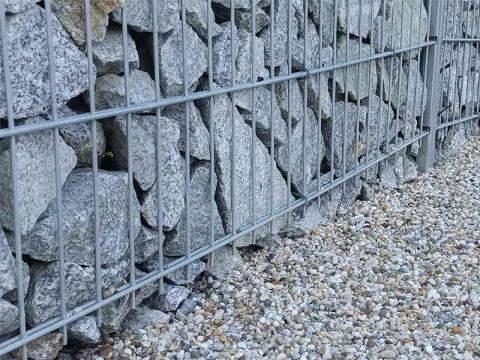
2. If it is necessary to shorten the fence panels to the required size, it is important to use exclusively lever pliers and not an electric flexi sander. When shortening panels by sawing, the protective layer that prevents rusting is disturbed, but when cut with lever pliers, it retains its anti-corrosion properties.
A very important step in the construction of the Praktik gabion fence is its fixation during the hardening of the concrete, so we recommend that after the installation of the panels, attach each fence panel to the post using wooden boards until the concrete has completely hardened.
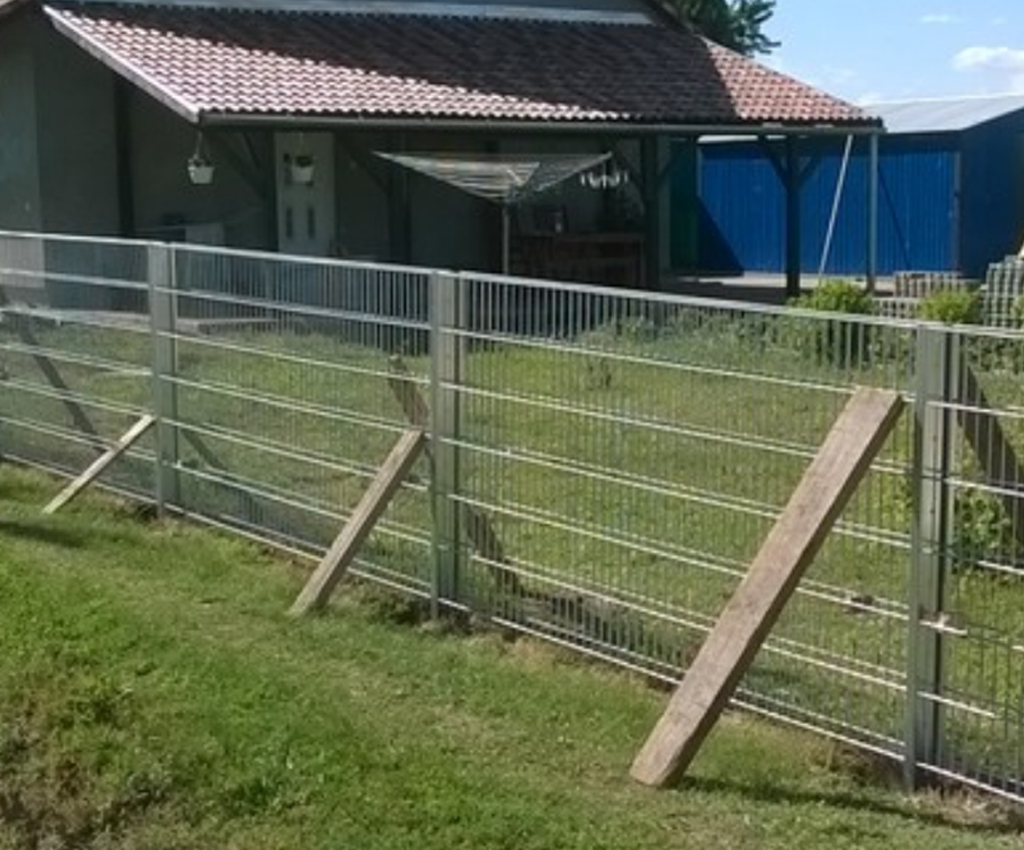
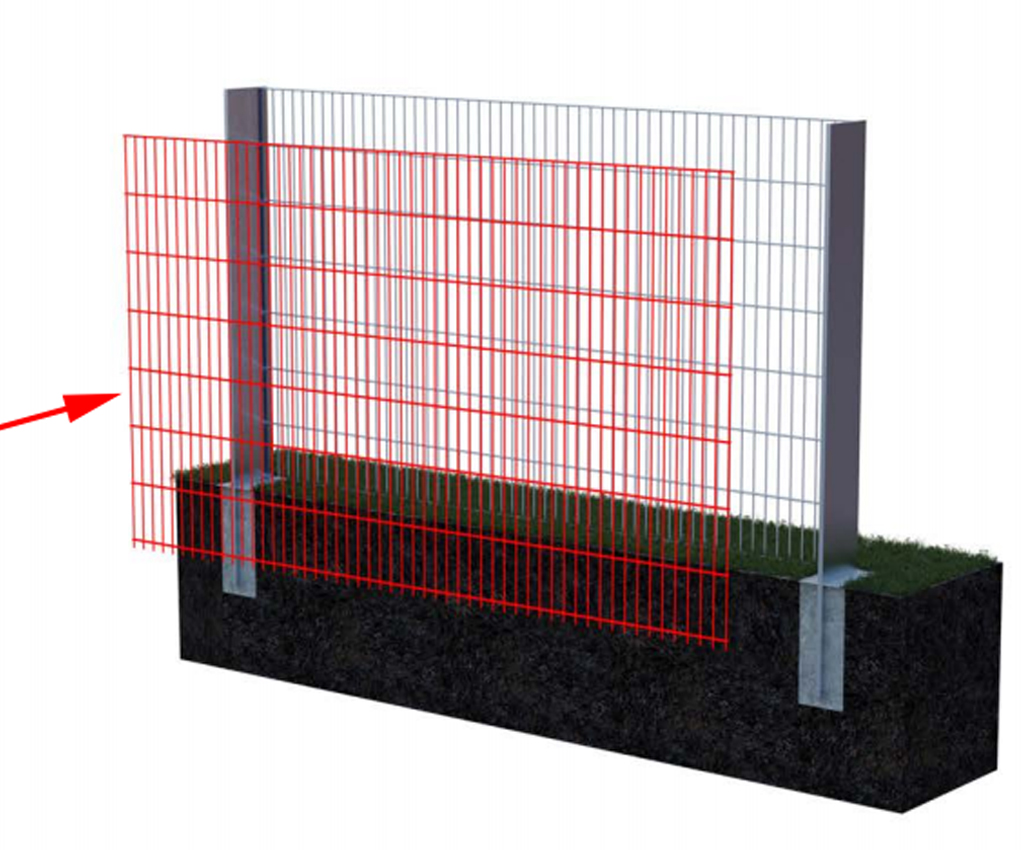
The correct placement and number of distance hooks is the key to the final design of the gabion fence. Care must be taken especially when sprinkling stone into the gabions, which often results in the snapping of spacer hooks, so the hooks must be placed gradually in layers.
As a gabion filler, it is very important to use clean quarry stone without small impurities such as sand, mud or clay, which are washed away by rain over time and can cause deformation of the gabions.
One of the last mistakes is the use of too small a fraction of the filler stone, which causes it to fall out through the mesh of the fence walls. The recommended size is at least 63-125 mm.
In rare cases, it happens that the stone that fills the gabion begins to wash away a reddish coating over time. The subsequent discoloration of the wire is mistaken by many for corrosion, but this discoloration is caused by the inappropriate selection of stone with a high iron content released from the stone by its composition and weathering. Therefore, it is very important to pay attention to the correct selection of aggregates, from which this undesirable dye is not washed out. In the event that such a phenomenon occurs, it is possible to clean the gabion structure from red sediment with the cleaning agent or other suitable means.


One of the most common mistakes when assembling gabion baskets is a bad base. For the correct assembly of gabions, it is necessary to dig up 30-50 cm of soil in the place where the fence will stand, then sprinkle gravel/macadam and finally compact and level this place to create a quality foundation.
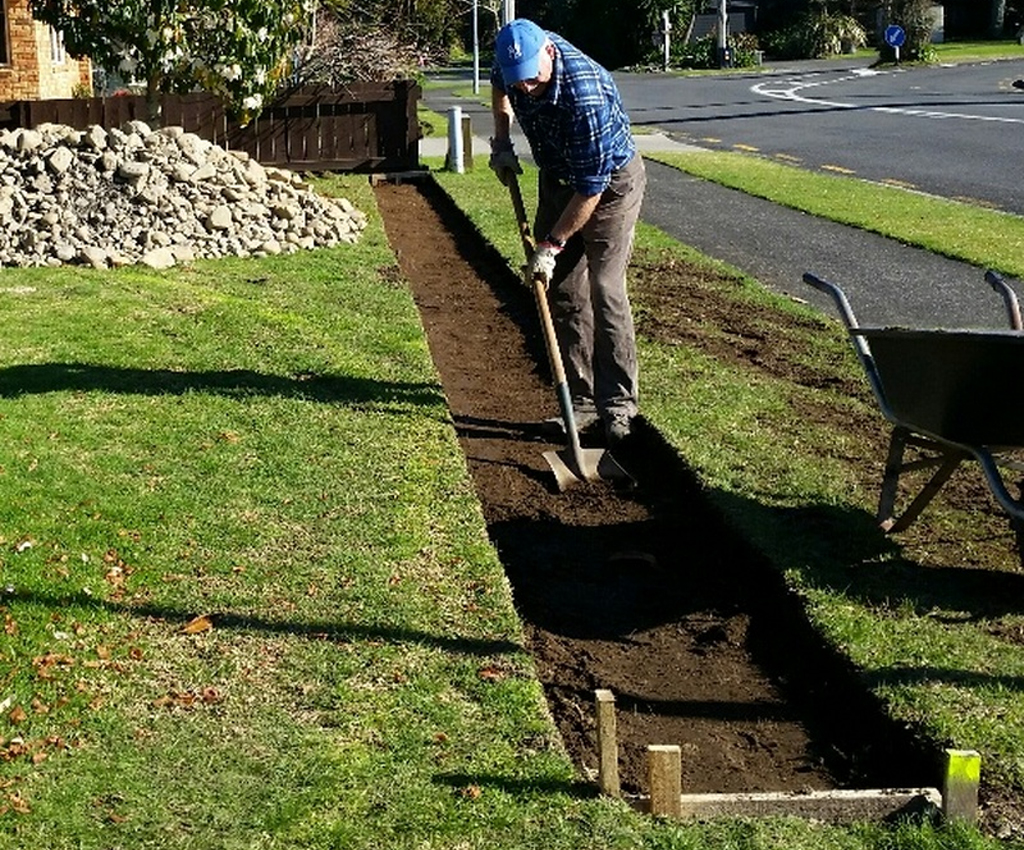
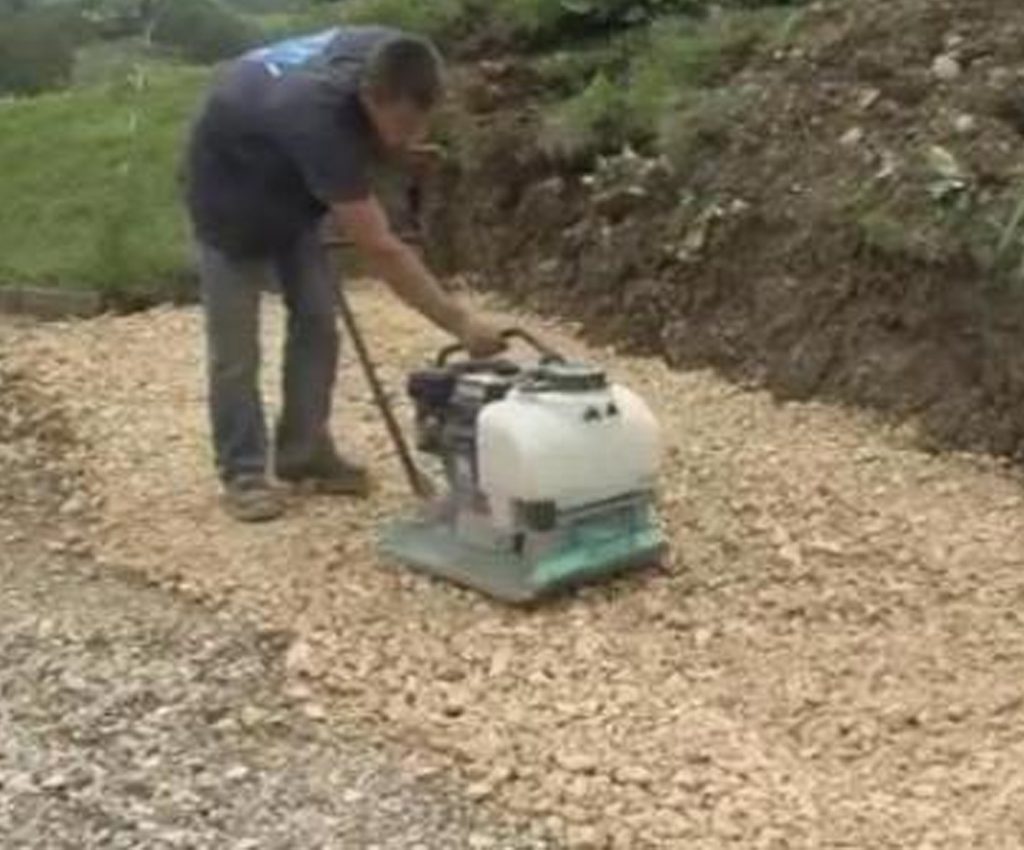
In the case of the construction of gabions that will serve as a support on a difficult slope that tends to erode, we recommend the use of stabilizing posts that are concreted into the ground at 1 m intervals.
If the ratio (height : thickness) exceeds 2:1, the structure must be reinforced with posts that are cemented into the ground.
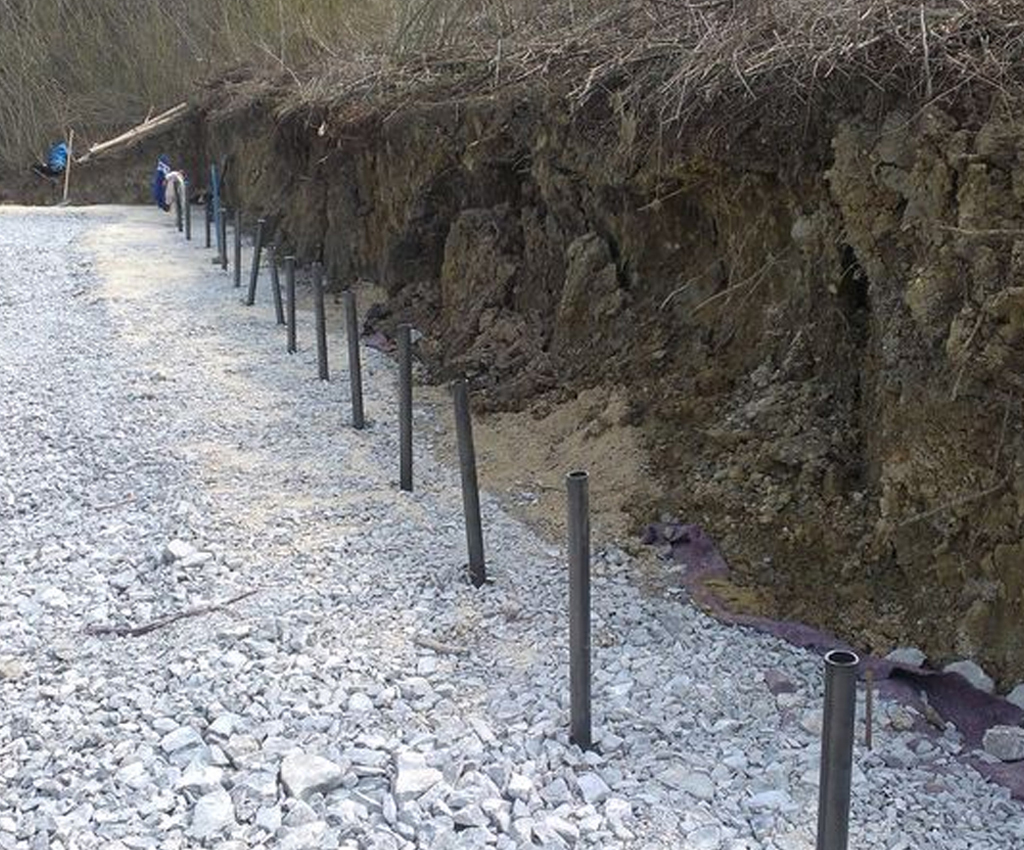
If it is necessary to shorten the gabion nets to the required size, it is important to use exclusively lever pliers and not an electric flexi grinder. When shortening the nets by sawing, the protective layer that prevents rusting is destroyed, but when cut with lever pliers, it retains its anti-corrosion properties.
Assembling gabion baskets is a simple process that requires following the numerical order of the instructions. Failure to observe the sequence of individual assembly steps can result in deformation and subsequent disintegration of the gabion basket/fence.
When connecting baskets to integrated fences/walls, you can easily save a significant amount of material by using only one mesh instead of two in the place of two adjacent baskets, and at the same time using only one spiral instead of three. This applies to side, top and bottom adjacent baskets.
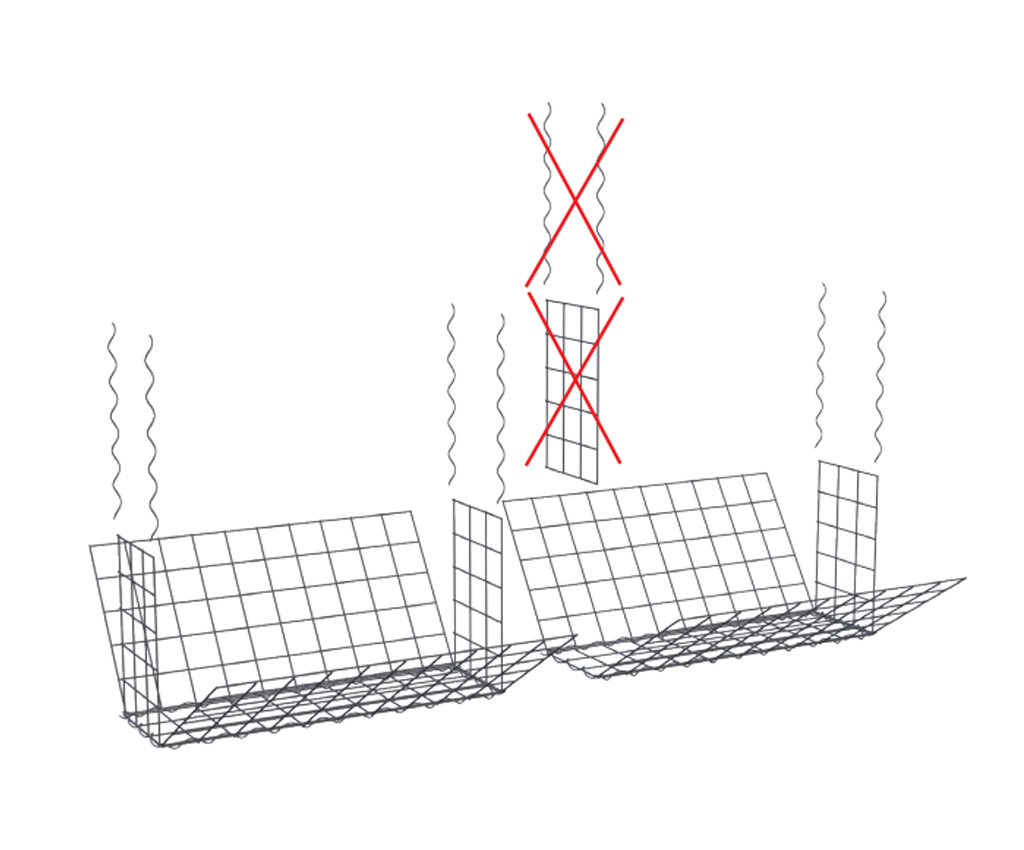
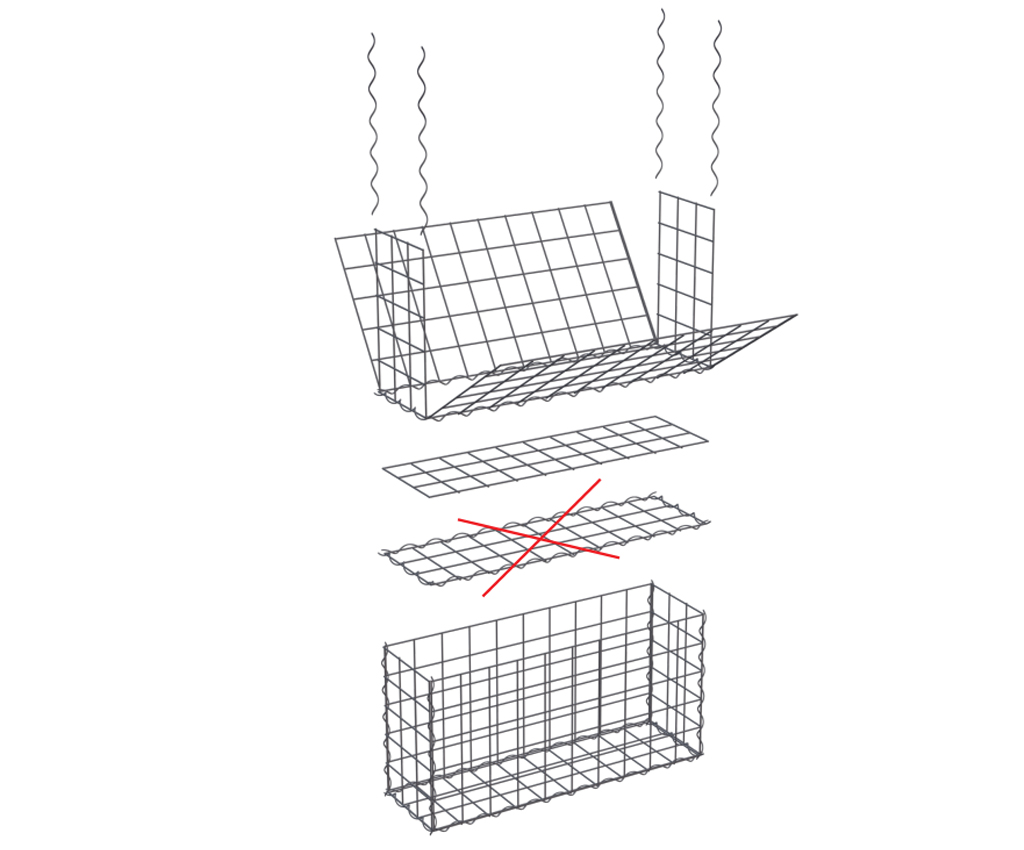
The correct placement of the mounting hooks as well as their sufficient number is decisive for the final design of the gabion wall/fence. A common mistake is the use of an insufficient amount of mounting hooks, which causes deformation of the gabions. The more hooks you use, the better the gabion will hold its shape. Care must be taken especially when sprinkling stone into the gabions, as the mounting hooks often snap.
Before actually filling the assembled gabion baskets with stone, it is necessary to fasten scaffolding pipes or other steel profiles to the front side of the fence as shown in the figure, thanks to which you will achieve a straight shape of the gabion wall.
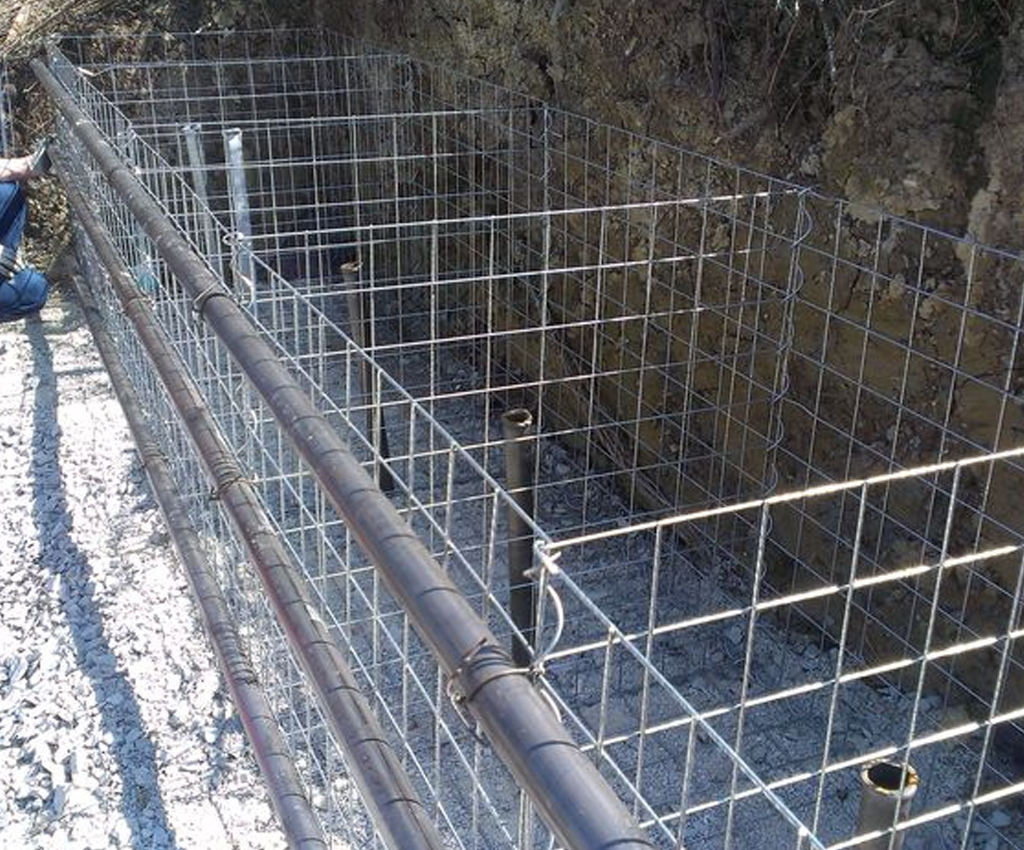
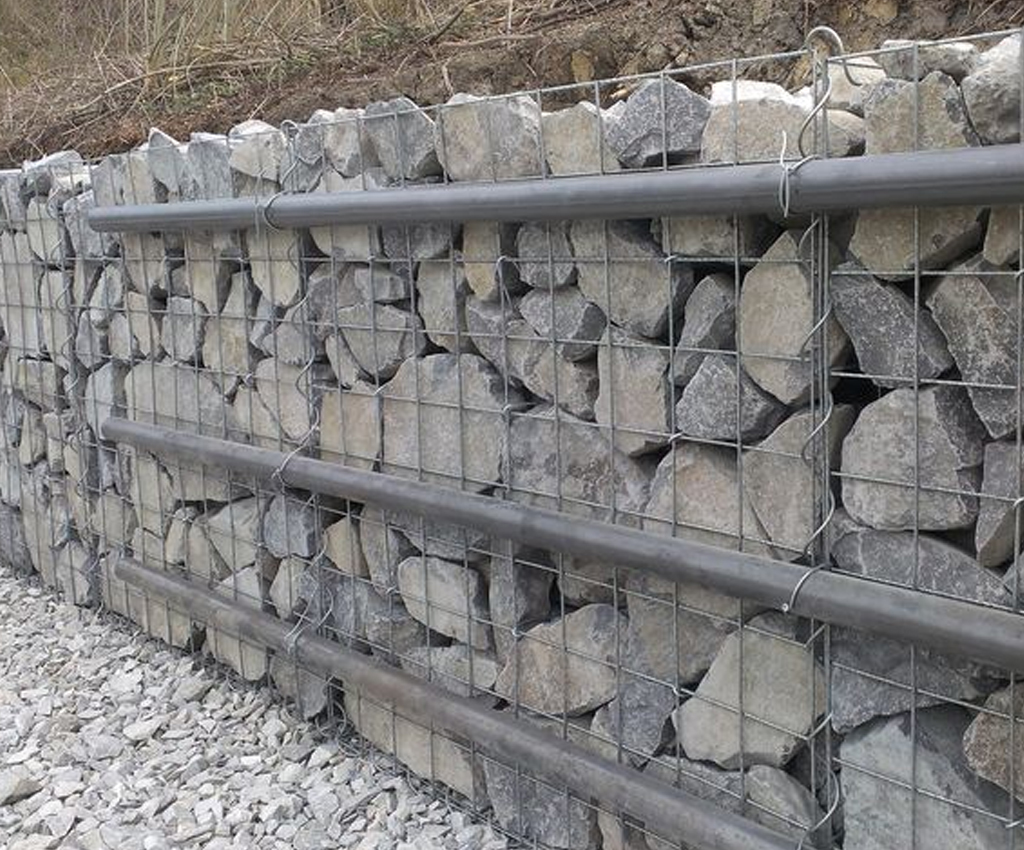
As a gabion filler, it is very important to use clean quarry stone without small impurities such as sand, mud or clay, which are washed away by rain over time and can cause deformation of the gabions.
One of the last mistakes is the use of too small a fraction of the filler stone, which causes it to fall out through the mesh of the fence walls. The recommended size is at least 63-125 mm.
In rare cases, it happens that the stone that fills the gabion begins to wash away a reddish coating over time. The subsequent discoloration of the wire is mistaken by many for corrosion, but this discoloration is caused by the inappropriate selection of stone with a high iron content released from the stone by its composition and weathering. Therefore, it is very important to pay attention to the correct selection of aggregates, from which this undesirable dye is not washed out. In the event that such a phenomenon occurs, it is possible to clean the gabion structure from red sediment with the cleaning agent or other suitable means.
.jpg)
.jpg)